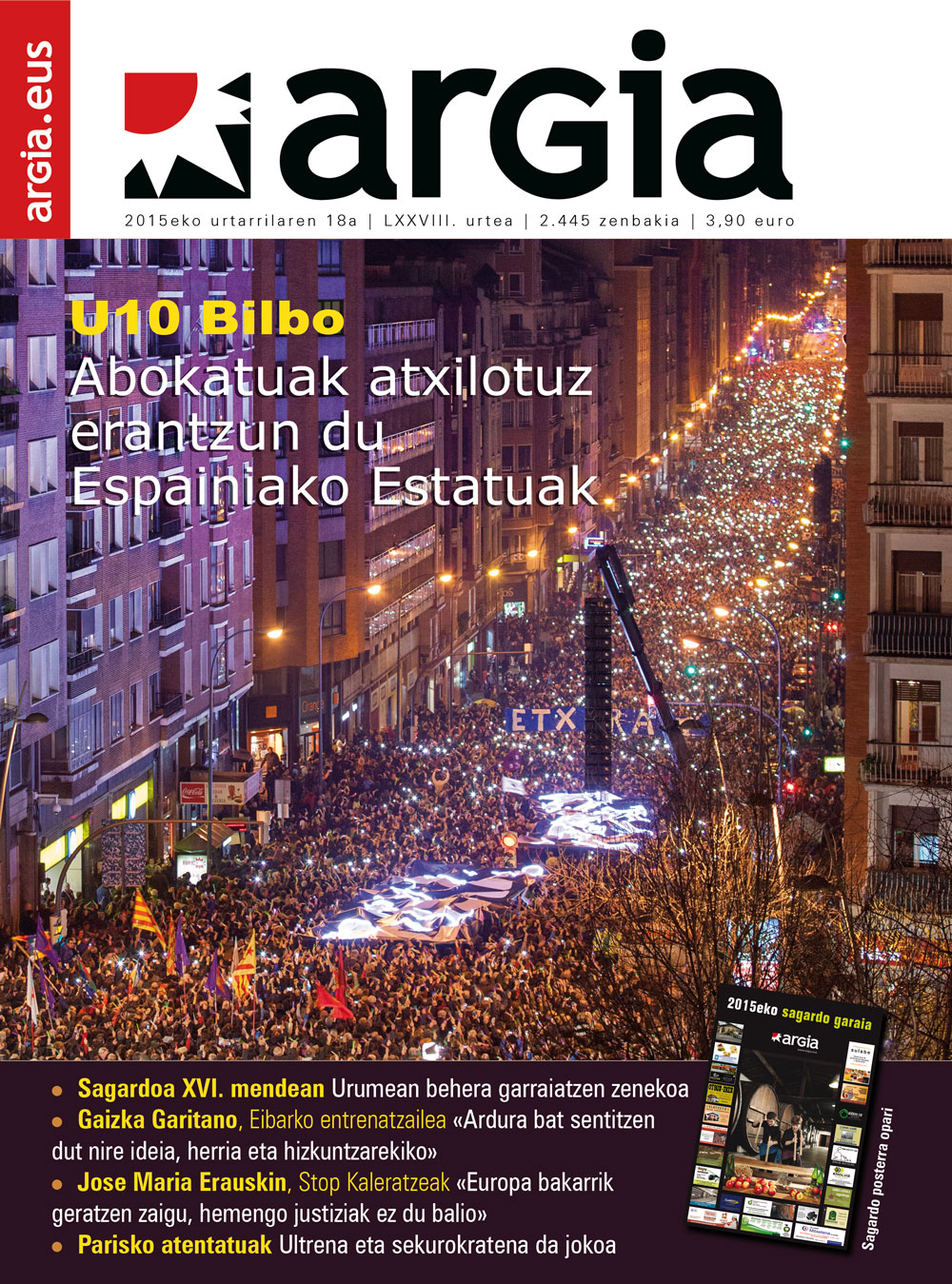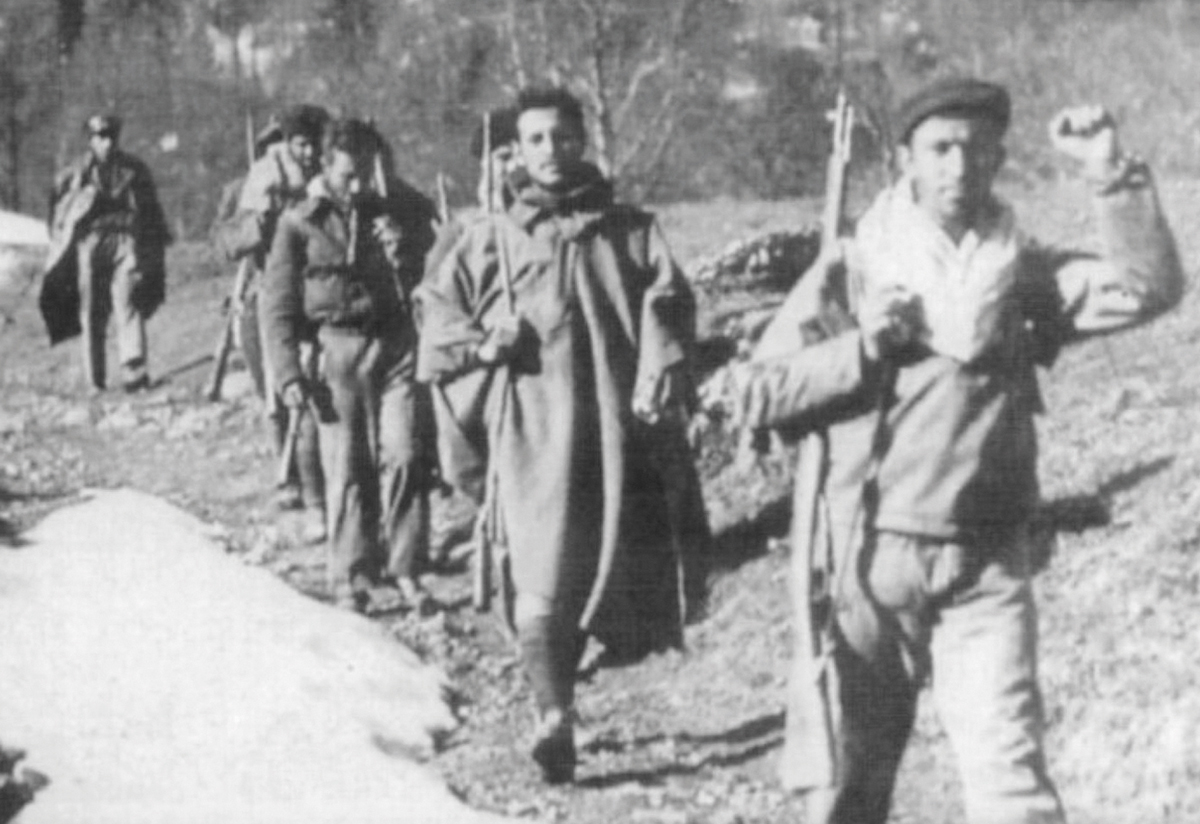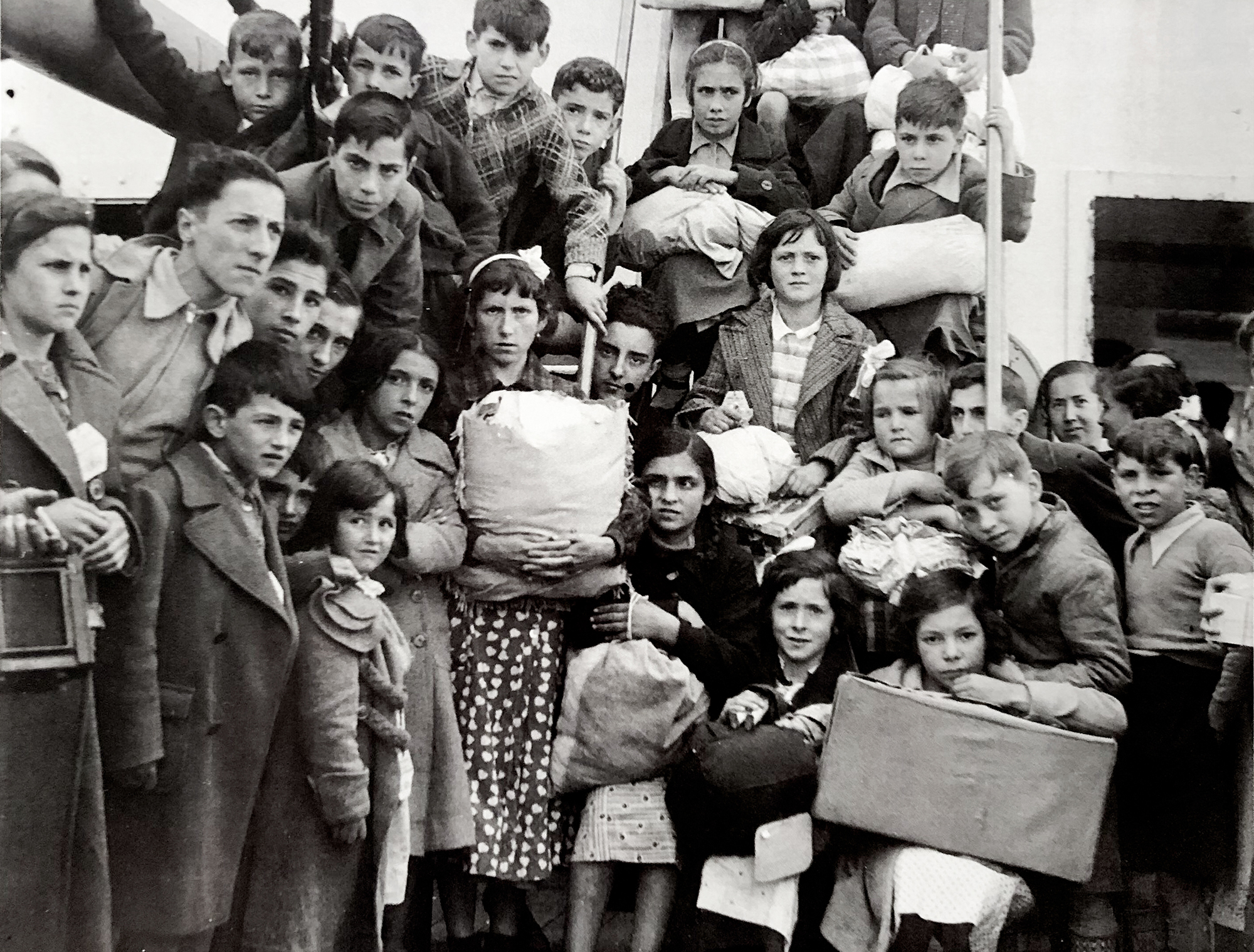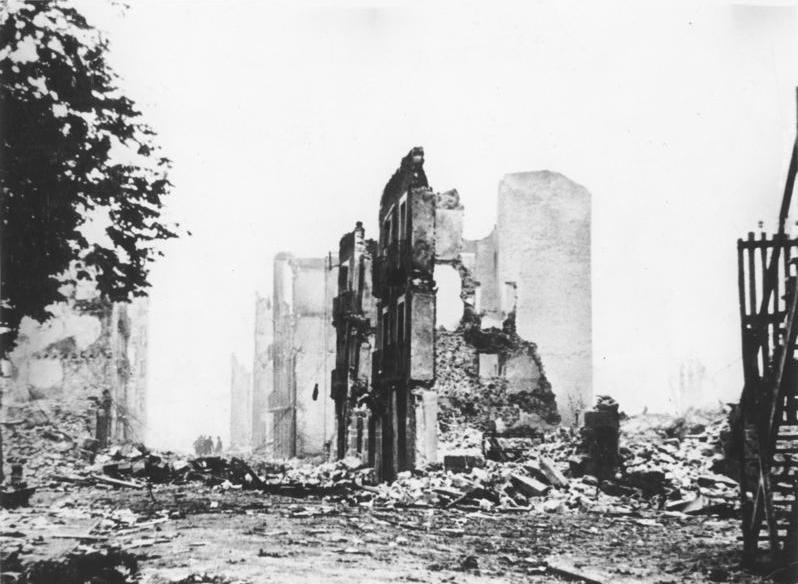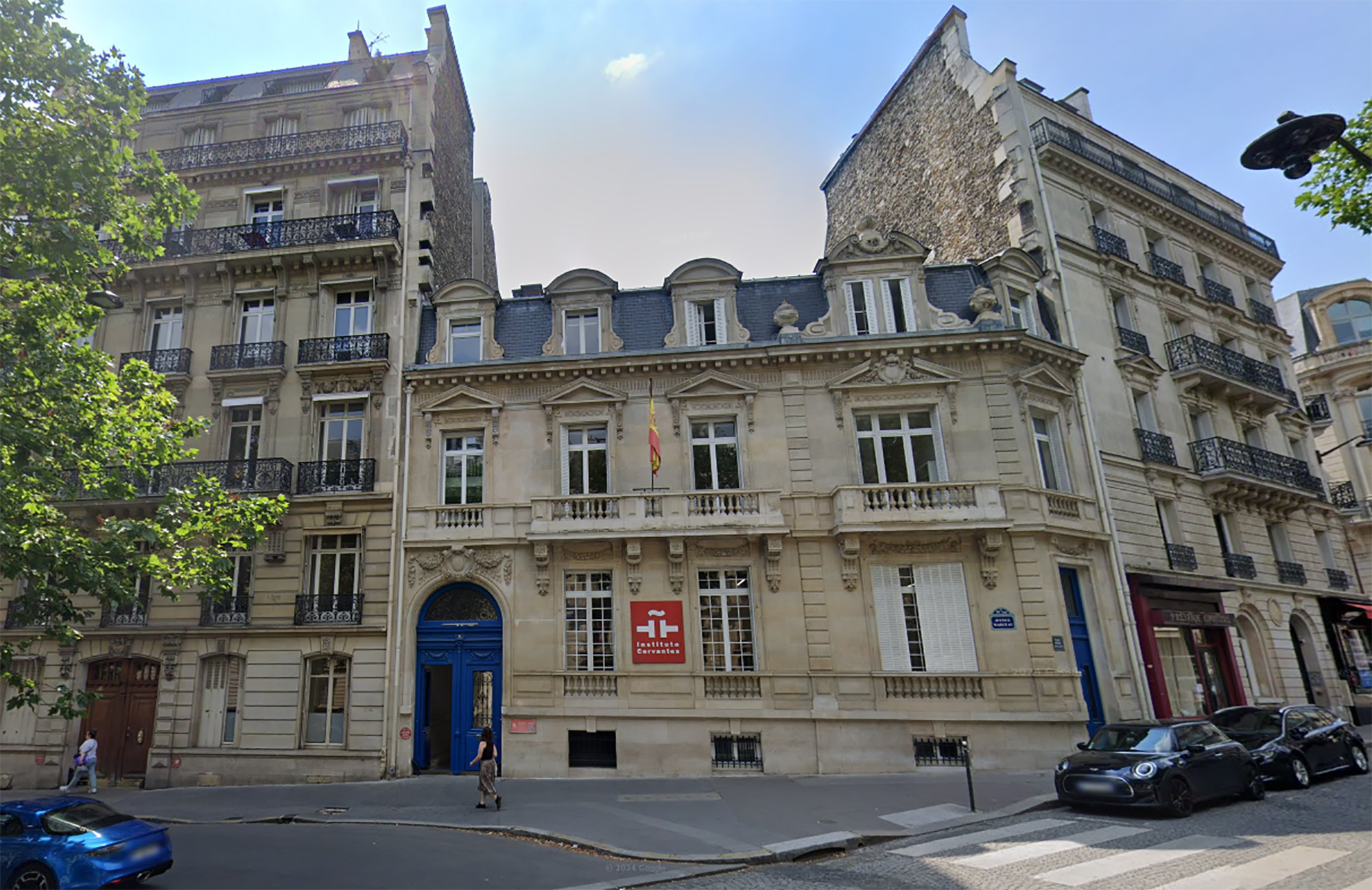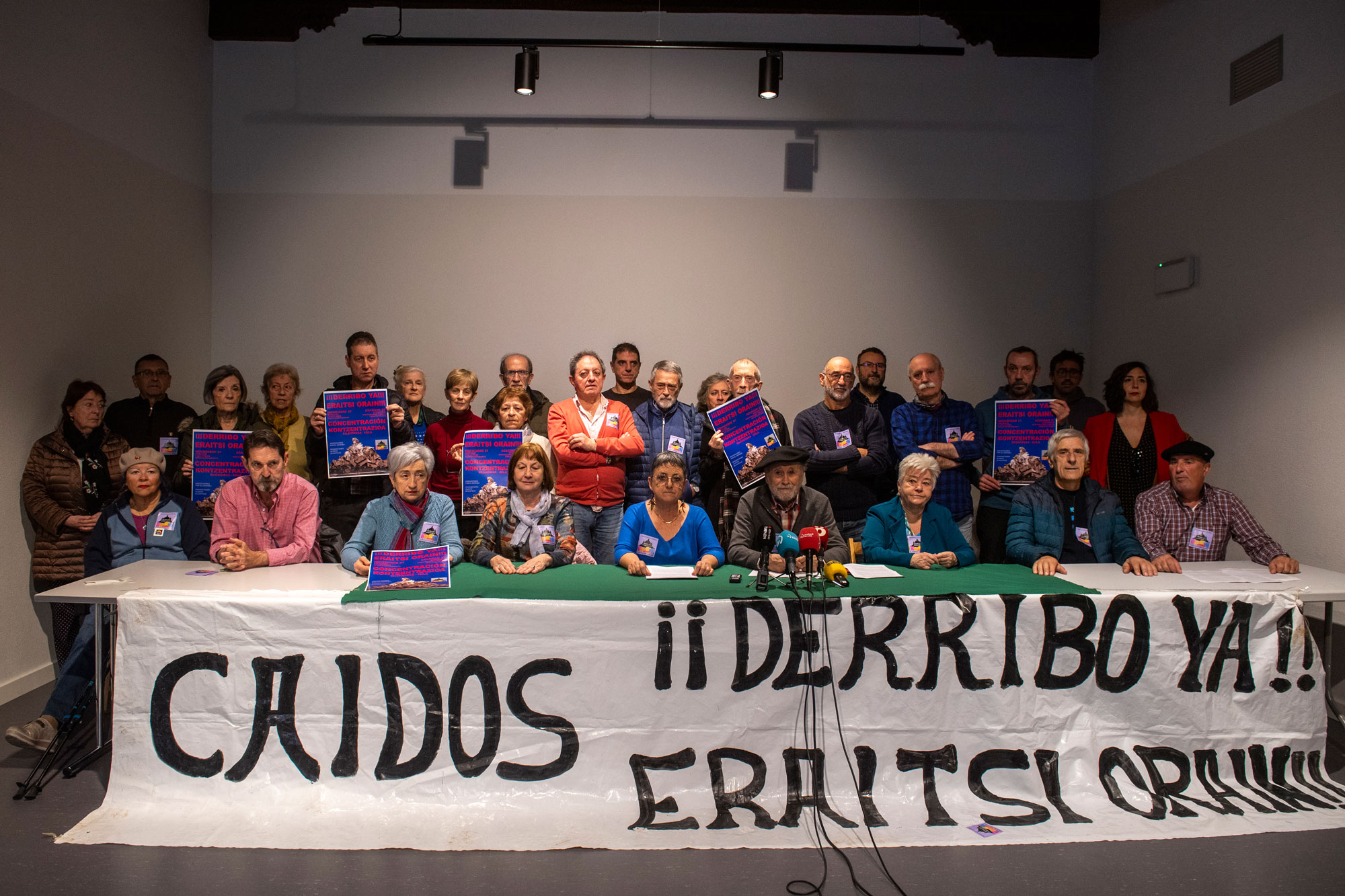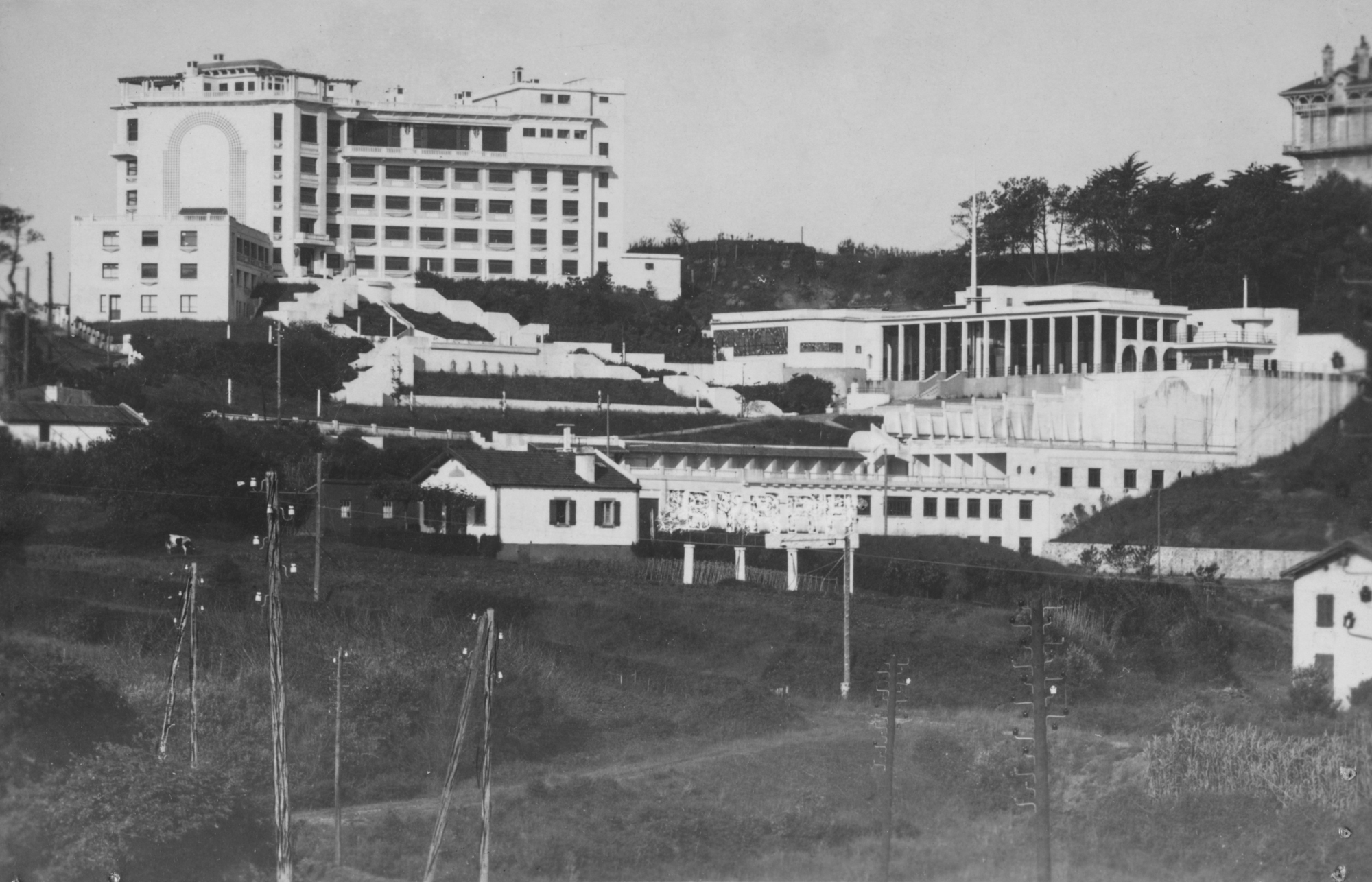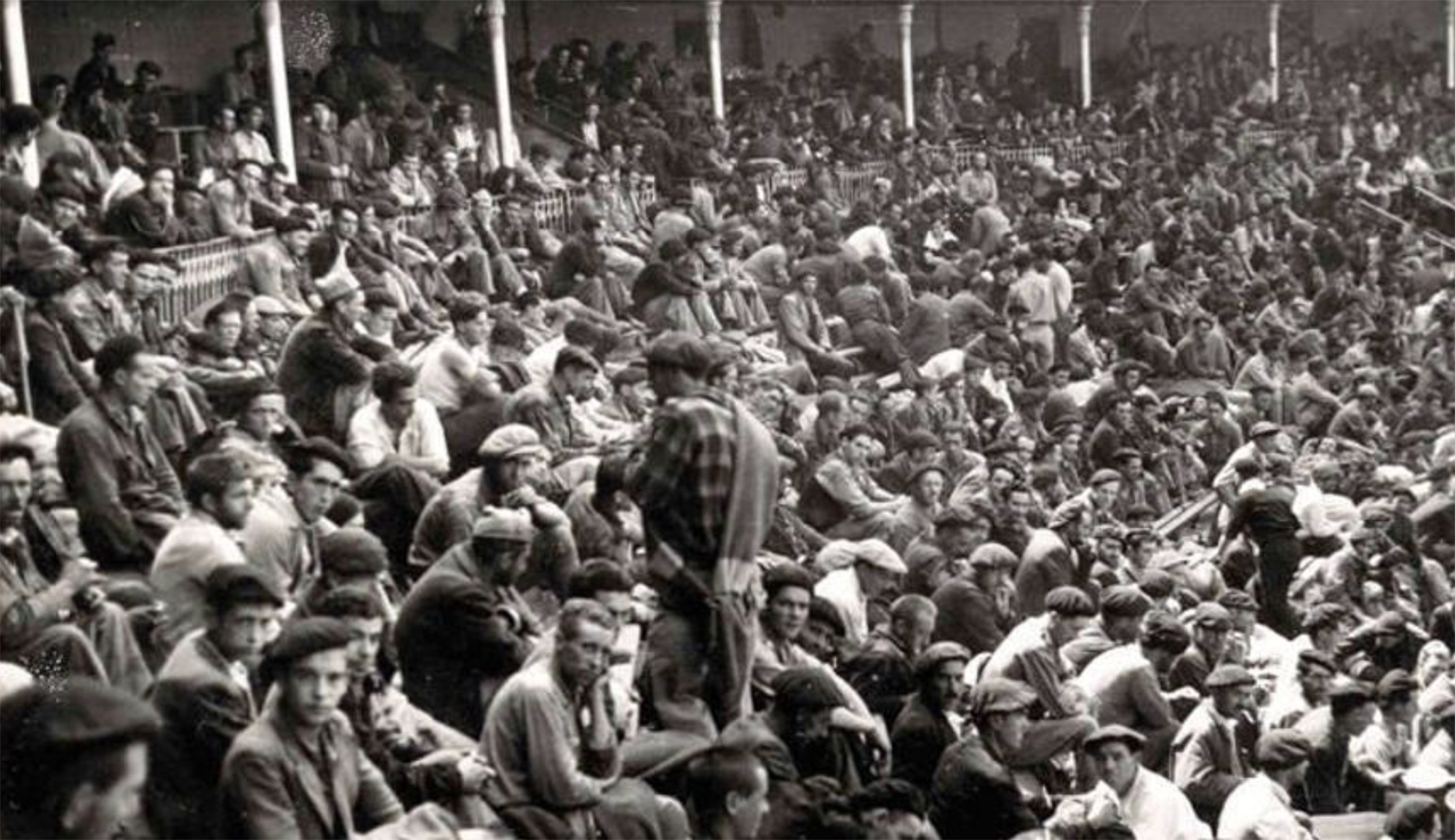Fourth leg of repression
- It is known that the harassment suffered in the post-war period by citizens who did not align with the height of 1936 was terrible, but a new source has just been opened to scale this repression. The files of the Political Responsibility Courts, hitherto inaccessible, show that the Francoists have economically trampled those previously sentenced to exile, imprisonment or death.
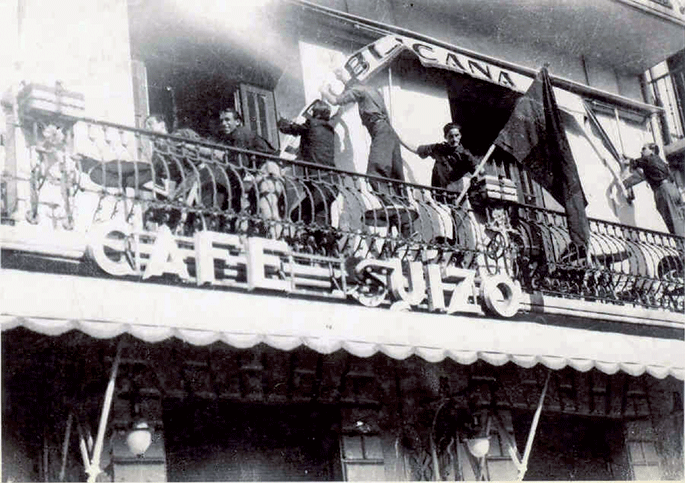
The manifestations that the repression was carried out following the 1936 War are well known: the death sentences, the imprisonment, the exile… On the contrary, there are other forms of repression that do not have much, although society influences a lot, such as the requisitions and the economic fines that were made since the beginning of the war.
With regard to research on historical memory, the media focus on those first repressive chapters, but until recently the legacies of hidden papers and documentation have been exposed, and new historical horizons have been opened. In fact, the other big iceberg of repression is unveiling as we investigate it in the abundant documentation accumulated by the Court of Political Responsibilities.
This series of repression began with the war on citizens' institutions and property, but it reached its peak just as the war was about to end, with the Political Responsibilities Act of 1939. The extension of the law, its strength and its influence among the citizens were tremendous and became one of the most prominent repressive elements of the early Franco regime.
When properties become prey
With the uprising of July 18, 1936, from the beginning the Falangist and Carlist groups began to commit robberies without any difficulty or legal support. They attacked with impunity the seats of the Republican, Left and Nationalist parties, thus appropriating meeting places, media printers and even private goods. This action was driven by the strange outlawing of parties and institutions that did not join the military uprising. It should not be forgotten that although it was the winners, it was the Francoists who launched themselves against Republican legality.
In this context, Decree 198, which outlawed the republican, leftist and Basque parties, was published on September 13, 1936. As a result, their properties became booty of military, Carlists and Falangists.
The military advancements of the Francoists in the war made the catches increasingly important and finally on January 10, 1937 a new decree was published with the aim of making them organized and controlled. In this way, the Franco rebels created the “National Commission for the Confiscation of Property” and the branches of the counties that depended on it, in order to act at their will in the territories they had acquired. In the Basque Country, in the case of Bizkaia since July 1937, this institution was also responsible for carrying out economic repression.
Special Law, Special Courts
But the toughest initiative began to be designed since 1938, with the conviction that the war was about to end, from the justice department led by Tomás Domínguez Arévalo “Conde de Rodezno” and from a military commission: The Law on Political Responsibilities adopted on 9 February 1939. Thanks to him, in the absence of a couple of months for the end of the war, the National Court of Political Responsibilities and 17 other regional courts entered into force, since in all capitals there were reports from local courts and they were based on them to extend the repression.
These new courts had a peculiar composition and were distinguished from ordinary courts. The court, which was presided over by a military officer, was formed, along with him, by another judge and a representative of the Traditionalist Phalanx, sometimes legislative, but on other occasions not. The law on which persecution was based was also very special. On the one hand, because repression was directed against political practices. The very name of the law and the content of the articles clearly indicated that its objective was to crush the leaders and participants of the political initiatives. Not only was the military activity of the time of war judged, but also the work prior to war and political ideology, since its retroactive character was punishable until October 1934. Initiatives, activities and institutions that were absolutely legitimate were subject to that law. With this law, therefore, they sought to punish not only political activities that could happen in time of war, but also those that took place in the second century. Militancy of years of the Republic.
The conviction of a war tribunal was sufficient reason for the Political Responsibilities Tribunal to initiate a new process. Thus, to the previous sentence imposed, which in many cases involved imprisonment or death, was added the economic sanction.
In addition, there were 16 other reasons for attributing any person and for initiating a file against him, such as: Belong to a party or organization of the Popular Front or excluded from Francoist legality; maintain republican legality and, therefore, oppose the “Glorious National Movement” according to the Francoists. Likewise, it was enough to leave exile, even if for a short time, to have rational indications of guilt and to be persecuted.
4,000 judgments in the Basque Country
Of the 17 courts that were opened throughout the state, 4 were in the Basque Country. One in Bilbao – it had three courts – and another in Vitoria-Gasteiz, Pamplona and Donostia-San Sebastián, although the latter two are based in Pamplona/Iruña. All these courts in the Basque territories initiated up to 1941 a total of 10,101 trials, of which 4,066 were terminated. As in other parts of the State, the courts themselves surpassed the repressive mechanisms they had put in place; in 1942 they had to reform the law because it became intolerable.
However, the work carried out during that period and the repression and panic that spread were not so great. The court that served in Pamplona consisted of: The military Eladio Carnicero, Judge Leocadio Tamara and the representative of the traditionalist phalanx Joaquín Ochoa de Olza were witnesses. Only between 4 August 1940 and 21 October 1941, in just 14 months, 1,249 trials were held. They were based on reports sent from Gipuzkoa and Navarre for trial. This information was usually written by local civil guards, but they also participated in the exchange of information sources and information from the police stations of the Phalanx, village mayors and priests. The latter, besides talking about Christian morality, sometimes also talked about politics. With the data provided by both parties, in some cases, large reports were produced, in addition to political information, to give an accurate picture of the economic situation of the accused.
After death… the pocket
of the franchises warm
Among those who were tried and convicted there were many grassroots militants, as well as well-known political leaders. Some of them were previously murdered, so their relatives were exempted from financial punishment. But on other occasions they were forced to “disappear”, so the process of economic repression continued. It was the relatives who suffered the damage from seizures and fines, assuming the responsibility of the relatives who were in prison, exile or burial. For example, in the case of some left-wing Berbinzans and Tafalleses who were shot and released after leaving Tafalla prison, the court stated with great cynicism that they were “in an unknown location”, and the relatives, in addition to the pain of death, received an economic sanction.
In other cases, the fact that a military court sentenced him to death did not prevent him from re-punishing the family and hijacking most of the property, including the house. Proof of this is the Socialist political leader Juan Arrastia. After being tried and murdered in Torrelavega, all his property was required to face the fine imposed. Her widow, Veremunda Olasgrip, on her return from exile in 1940, paid the fine imposed on her husband on time. Something similar happened to the socialist councillor of Irun, Florencio Iracheta. He was sentenced to death, but the jury had no objection to imposing a fine of 75,000 pesetas.
Exile aggravated the guilt of militants and political leaders from the Francoist point of view. As a result, political leaders such as José Antonio Agirre or Manuel Irujo were fined 20 million pesetas, and other leftist leaders such as the socialist Alsasuarra Constantino Salinas or the mayor of San Sebastián, Fernando Sasiain, received a “total loss of assets”.
In addition to the financial fine, in some cases, the penalties for exile are added. Sasiain was sentenced to 15 years in prison and, as you know, after passing through France he had to reside in Spain (Palencia) until his death, far from Donostia-San Sebastián.
In addition to the economic sanction, it was very common that this was a professional disqualification. The most affected were those involved in education and public service, but also those involved in certain private areas (lawyers, architects…) suffered severe persecution.
From a gender point of view, the situation of many widows was serious. Just as the role of the " prisoner ' s wife " has been investigated and worked on, the role of the widow should also be addressed from that watchtower. And that is that, as we mentioned at the beginning, they faced fines and confiscations against the husbands or relatives who were dead, even after widowhood. Sometimes they had to make statements of “self-pity” or repentance in order not to lose or recover the household goods. And of course, many were directly punished for their political activity. In addition to leftist activists, the members of Emakume Abertzale Batza in Euskal Herria – mainly in Basque schools and cultural initiatives – were particularly represented through this law.
Research has only just begun, and at the moment it is difficult to know the amount of money that this law gave to the Francoist State. Similarly, the misguided trajectory of the seizures does not allow us to detect how many were taken to the extreme and how many of them were able to recover their property when this law was repealed in the 1960s. But as research progresses, it can be clearly stated that the Law on Political Responsibilities, in addition to extending fear and concern, was a terrible instrument to bring “civil death” to the losers. It was, together with exile, the fourth leg of Francoist repression.
Iazko uztailean, ARGIAren 2.880. zenbakiko orrialdeotan genuen Bego Ariznabarreta Orbea. Bere aitaren gudaritzaz ari zen, eta 1936ko Gerra Zibilean lagun egindako Aking Chan, Xangai brigadista txinatarraz ere mintzatu zitzaigun. Oraindik orain, berriz, Gasteizen hartu ditu... [+]
Gogora Institutuak 1936ko Gerrako biktimen inguruan egindako txostenean "erreketeak, falangistak, Kondor Legioko hegazkinlari alemaniar naziak eta faxista italiarrak" ageri direla salatu du Intxorta 1937 elkarteak, eta izen horiek kentzeko eskatu du. Maria Jesus San Jose... [+]
1936ko Gerran milaka haurrek Euskal Herria utzi behar izan zuten faxisten bonbetatik ihes egiteko. Frantzia, Katalunia, Belgika, Erresuma Batua, Sobietar Batasuna eta Amerikako herrialdeetara joandako horien historia jasotzeko zeregin erraldoiari ekin dio Intxorta 1937... [+]
Ezpatak, labanak, kaskoak, fusilak, pistolak, kanoiak, munizioak, lehergailuak, uniformeak, armadurak, ezkutuak, babesak, zaldunak, hegazkinak eta tankeak. Han eta hemen, bada jende klase bat historia militarrarekin liluratuta dagoena. Gehien-gehienak, historia-zaleak izaten... [+]
Pamplona, 1939. At the beginning of the year, the bullring in the city was used as a concentration camp by the Francoists. It was officially capable of 3,000 prisoners of war, at a time when there was no front in Navarre, so those locked up there should be regarded as prisoners... [+]









